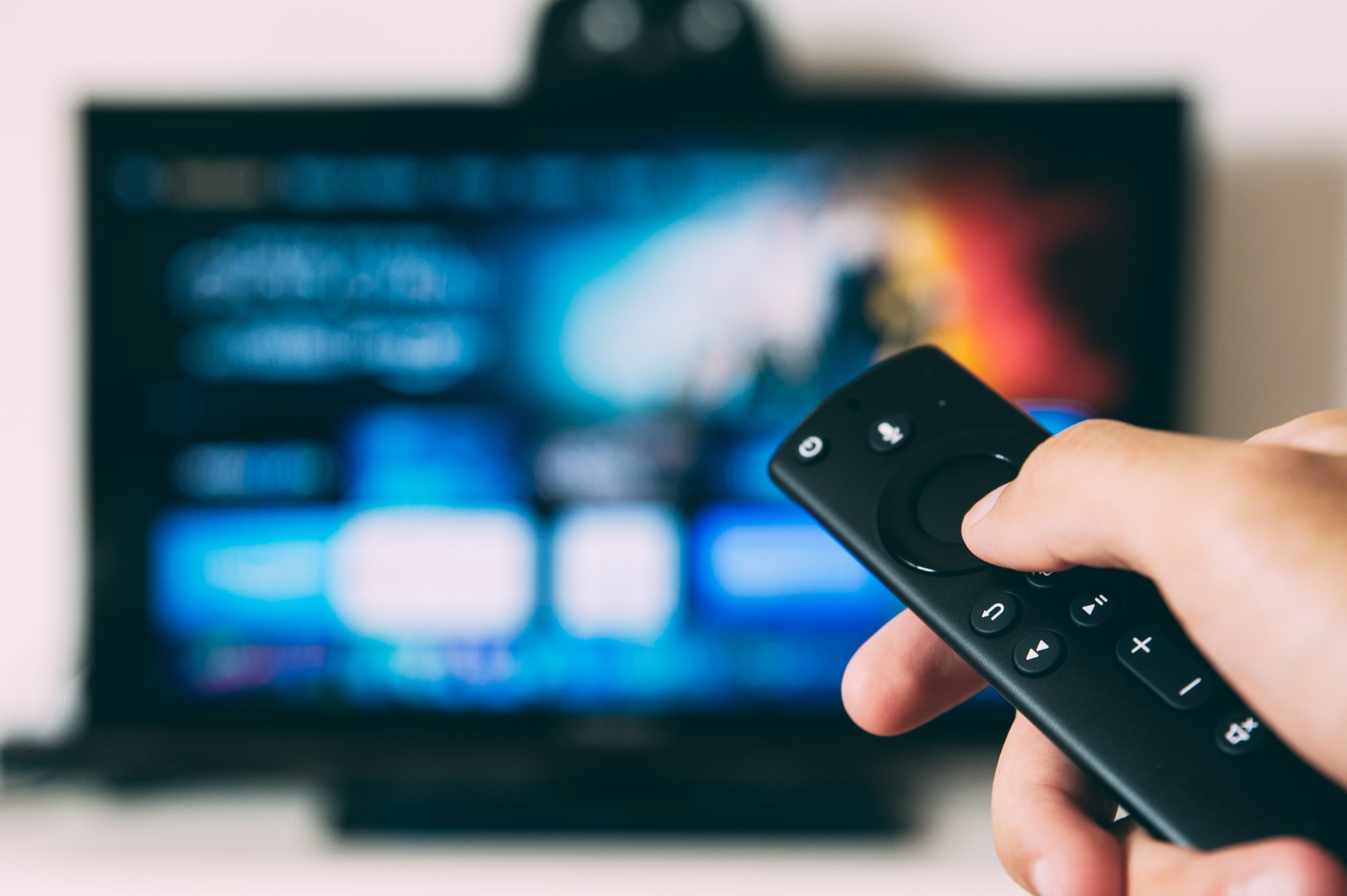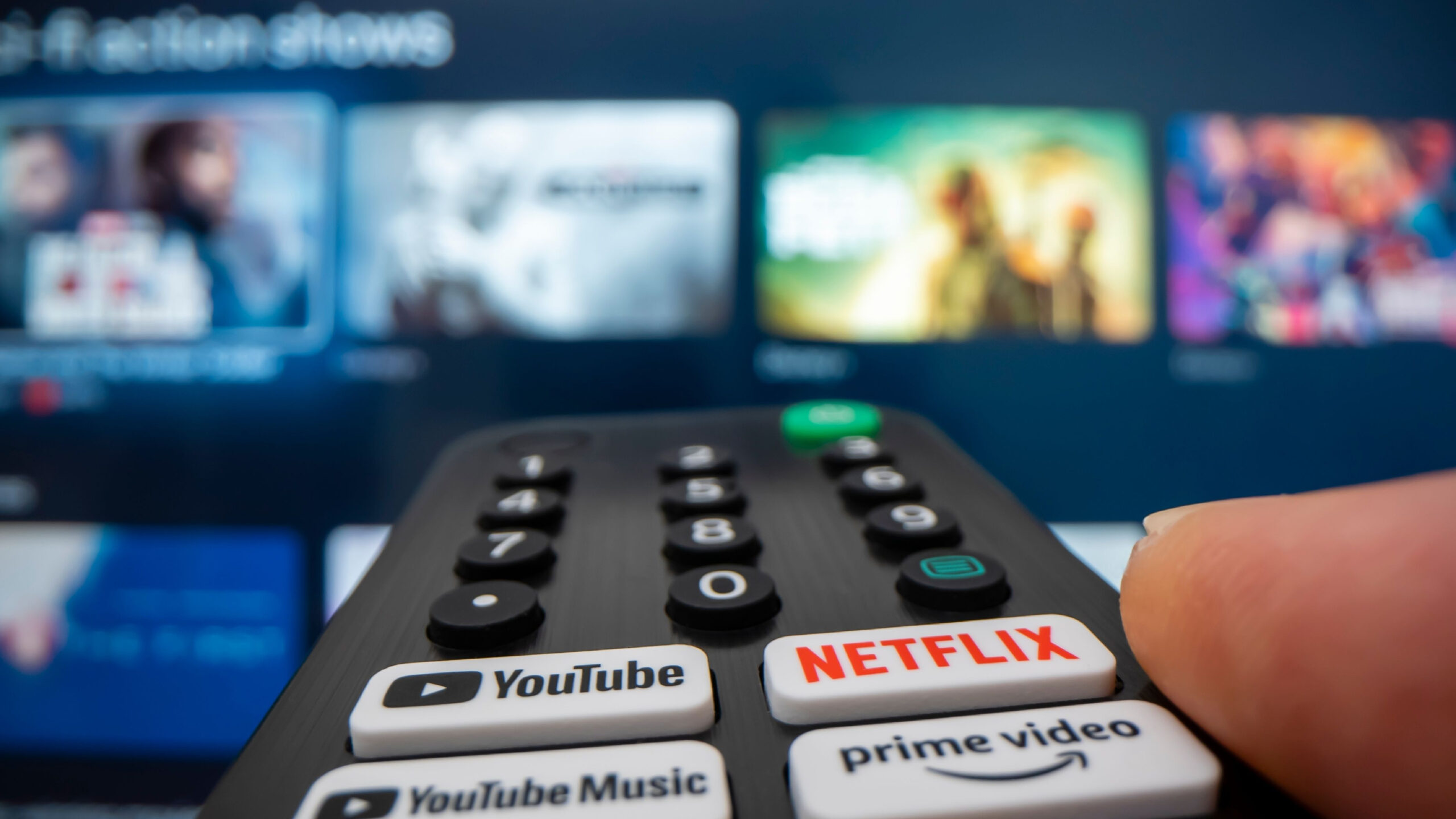Will Our Temporary New Normal Permanently Change Content Distribution?

As DisCo has been covering, the global public health crisis is impacting all aspects of daily life, shifting how people communicate, learn, and shop. It is also impacting the market for entertainment. According to Nielsen data cited by the Hollywood Reporter last week, “[u]se of Netflix, YouTube and other streaming platforms has mushroomed during the coronavirus pandemic”, even more than the sizable gains in TV usage.
Per Nielsen’s Scott Brown:
“Streaming is a big part of a lot of consumers’ lives right now. We have seen a tremendous growth in just how much streaming is going on over the last few weeks as COVID-19 becomes more prevalent across many parts of the country. The amount of time viewers are spending streaming more than doubled in the past year alone, and it’s nearly a quarter of the total time spent on TV among homes that have the ability to stream.”
The crisis has caused some major film releases to be delayed, while other movie premieres are being opened up to the broader public. Last week SXSW and Amazon Prime Video announced that, as this year’s film festival was canceled, filmmakers will have the opportunity to have their films screened for the public for 10 days, free to U.S. audiences with a free Amazon account. However, some directors may have to turn down this opportunity, despite wanting to participate, due to their financiers preferring the traditional theatrical release model.
Different release windows are traditionally used to maximize revenue from a given work, channeling the work through different distribution outlets, starting with the most lucrative venues. To what extent has the crisis impacted the theatrical release window?
With theaters temporarily closed, some distributors are moving to the next most lucrative outlet: on-demand streaming. Universal announced last month that it would be releasing films that were set to be in theaters on video on-demand (VOD). For example, today Universal’s Trolls World Tour was released, and promoted with a WatchTrolls.com site that gives users the option of digitally renting the movie on seven different services for 48 hours for $19.99.
Additionally, theatrical runs are often required for awards eligibility. As of last year, rules for Oscar contention require a film to be theatrically exhibited, however these rules could be relaxed at an upcoming meeting of the Academy of Motion Picture Arts and Sciences Board of Governors. Last month the Hollywood Foreign Press Association altered its long-standing rules for Golden Globe eligibility.
While social distancing, it may be challenging to produce and release new material traditionally. However, shows have been experimenting with producing unique content like a recent live table read of an unreleased episode of Netflix’s Grace and Frankie, a forthcoming virtually produced episode of CBS’s All Rise, and this week’s live remote episode of NBC’s Saturday Night Live.
There is a lot of uncertainty about what will happen once this crisis passes. Will these changes to digital distribution models persist? Will data suggest permanent shifts in consumer demand and expectations?








